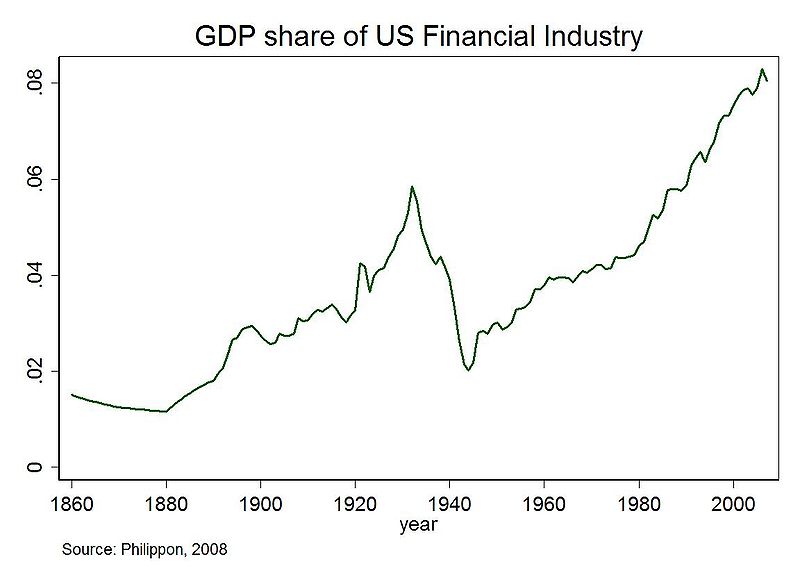With global markets facing a period of sustained uncertainty, it is worth taking a longer perspective, comparing the current conditions with the so-called “Goldilocks” economy that existed just prior to the GFC. It turned out then to be a case of all the three bears instead of Goldilocks, but at the time things seemed robust enough.
One reason was a lack of conventional inflation, allowing central banks to believe they could finesse the economy with low rates. Asset bubbles were off the table because asset inflation is harder to measure. House price inflation, for instance is much more notional. Food and energy is constantly being transacted, so easy to measure. Houses can be held and are not regularly bought and sold. And being the positivists they are, if it can’t be measured it doesn’t exist. Problem solved. The world economy does seem to be entering a very different period.
The era of low inflation seems to be ending, which means the end of cheap capital, as McKinsey has noted . Energy prices only seem headed up, as are food prices. Even all that cheap labour in China is getting more expensive as Chinese workers discover that they can get higher wages. That means the dis-inflationary effect of globalising labour and production chains is likely to slow. The only inflationary pressure that is not likely to emerge is from the demoralised and under-employed workers of indebted and fading Western economies: for which read America and most of Western Europe.
The reason this is important is that higher oil prices and higher food prices can be measured – you just have to go to the bowser or grocery store. Even central bankers have to admit it is real. And having admitted it is real, they then have to do something about it. Because they only have to alternatives, higher or lower rates, it is pretty obvious what will happen given that rates are extremely low across the developed world.
So maybe debt will once more come to mean something that has to be paid back (the Oxford English dictionary defines debt as “the sate of owing money”, which does rather imply that it has to be paid back at some stage). That means fewer asset bubbles, and, hopefully, fewer investment bankers. Put another way, the so-called “financialisation” of Western economies, which was based on endless amounts of cheap money, will be unwound. The following graph says it all:

The web site Foreclosureblues, puts it this way:
“We have done a complete 180 turn here. In 1947 the manufacturing sector contributed 25.6 percent to our entire GDP base while the FIRE sector made up 10.5 percent. In 2009 FIRE makes up 21.5 percent while manufacturing is down to 11.2 percent. Given the massive fraud, corruption, scandalous rent seeking behavior, and graft why should we be happy with all the bailouts given to this sector? The financial industry has largely become one giant casino and the stock market no longer reflects the health of the US economy. Most banking profits are now being made overseas as this nation’s bailouts are going to global banks that are now fueling the growth and speculation abroad. This is what Americans get in exchange for trillions of dollars of bailouts to what are largely legalized loan sharks.”
Australia, because of its strength in primary industry, is a little different, although our nationalised banks still account for about a quarter of the stock market and also underwent a big upwards shift in their proportional contribution to GDP following the 80s. Nonetheless, we have seen a glimpse of the rise and fall of financialisation with the travails of Macquarie Group.
So what does this mean for investment? A probable long term portfolio shift from finance stocks to what will be increasingly scarce resources (even water) food and energy. Manufacturing has been globalised, which has destroyed margins. And the era of debt driven speculation is not looking good, so the financial sector may find their conventional forms of theft a little more challenging.
Most of Australia’s midcap oil companies are reasonably cheap (estimated net present value of oil production is about a third of the current oil price), the downside is that they are often risky and under capitalised. Explorers do not suit the risk averse times.
Meanwhile, JP Morgan thinks that the turning of the insurance cycle as a result of the Japanese earthquake may benefit QBE by allowing it to increase premiums. Insurance is both part of the financial sector, and exposed to what seem to be increasingly dangerous natural conditions. It may be time to sell on news.